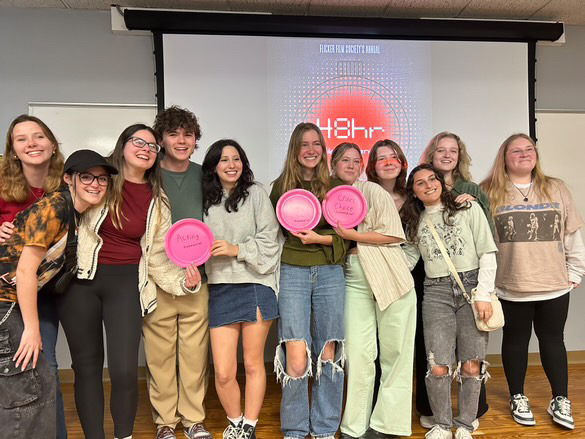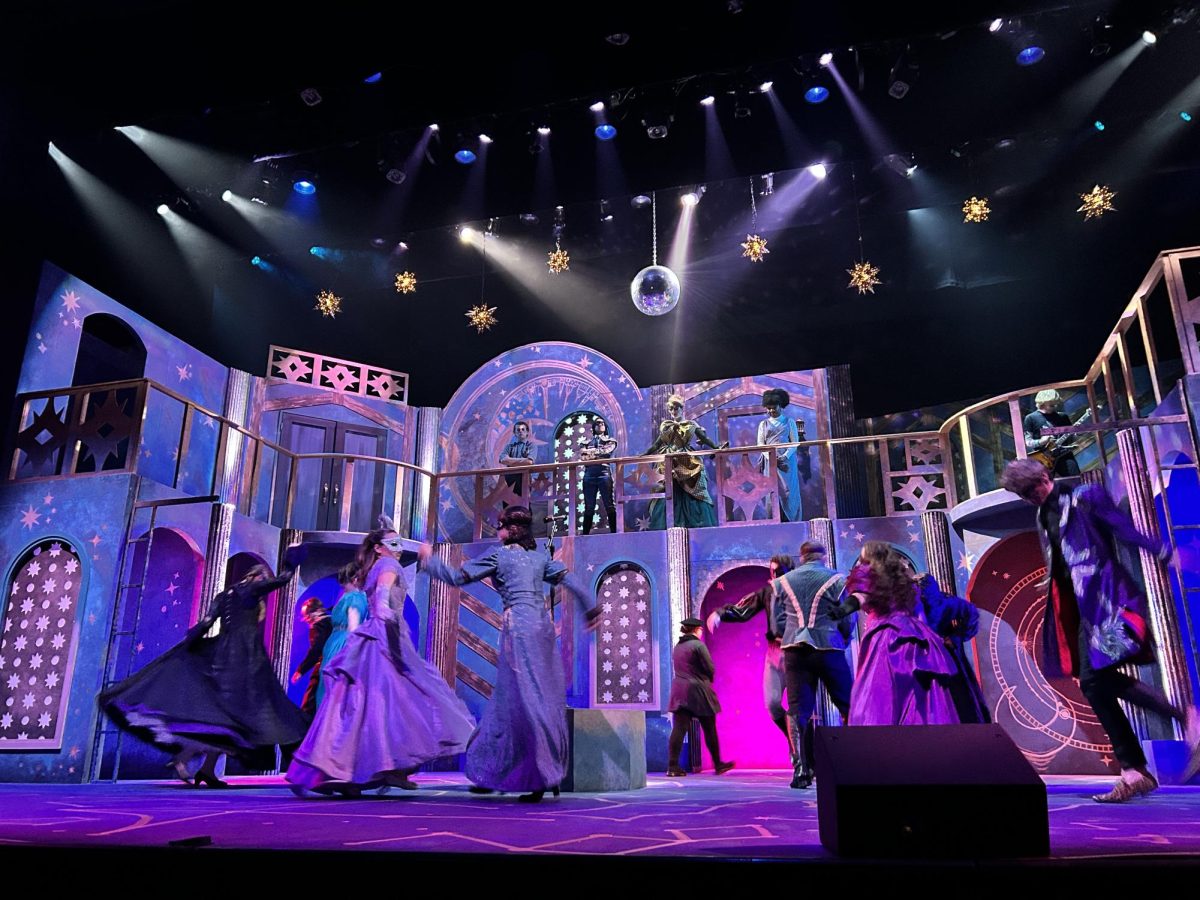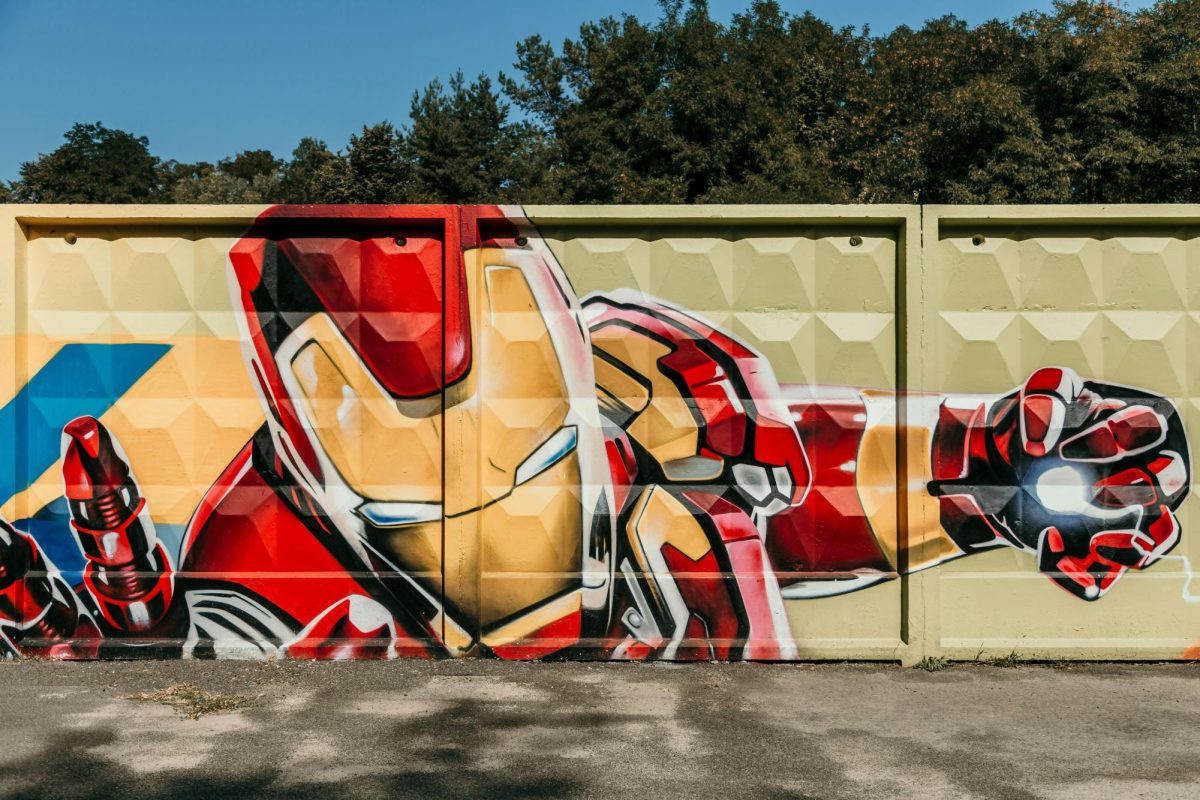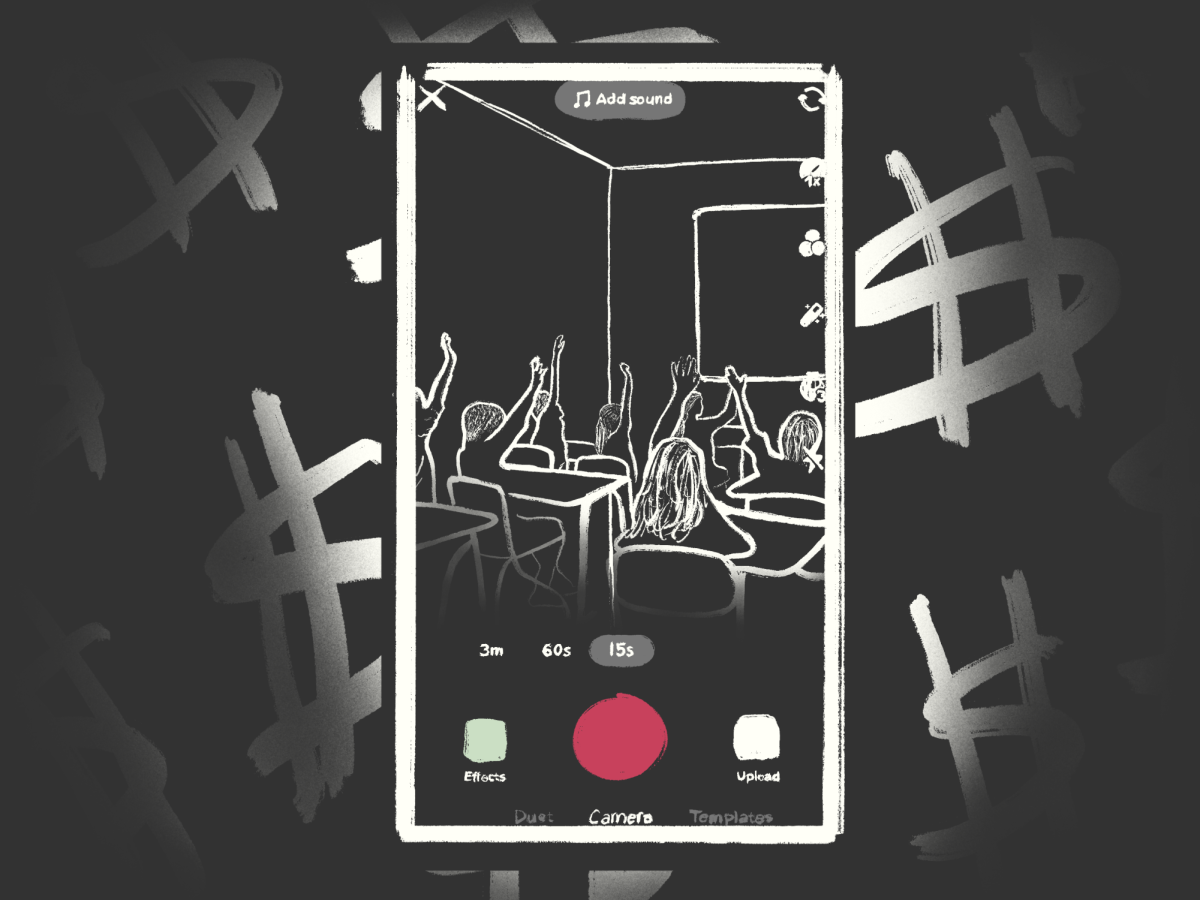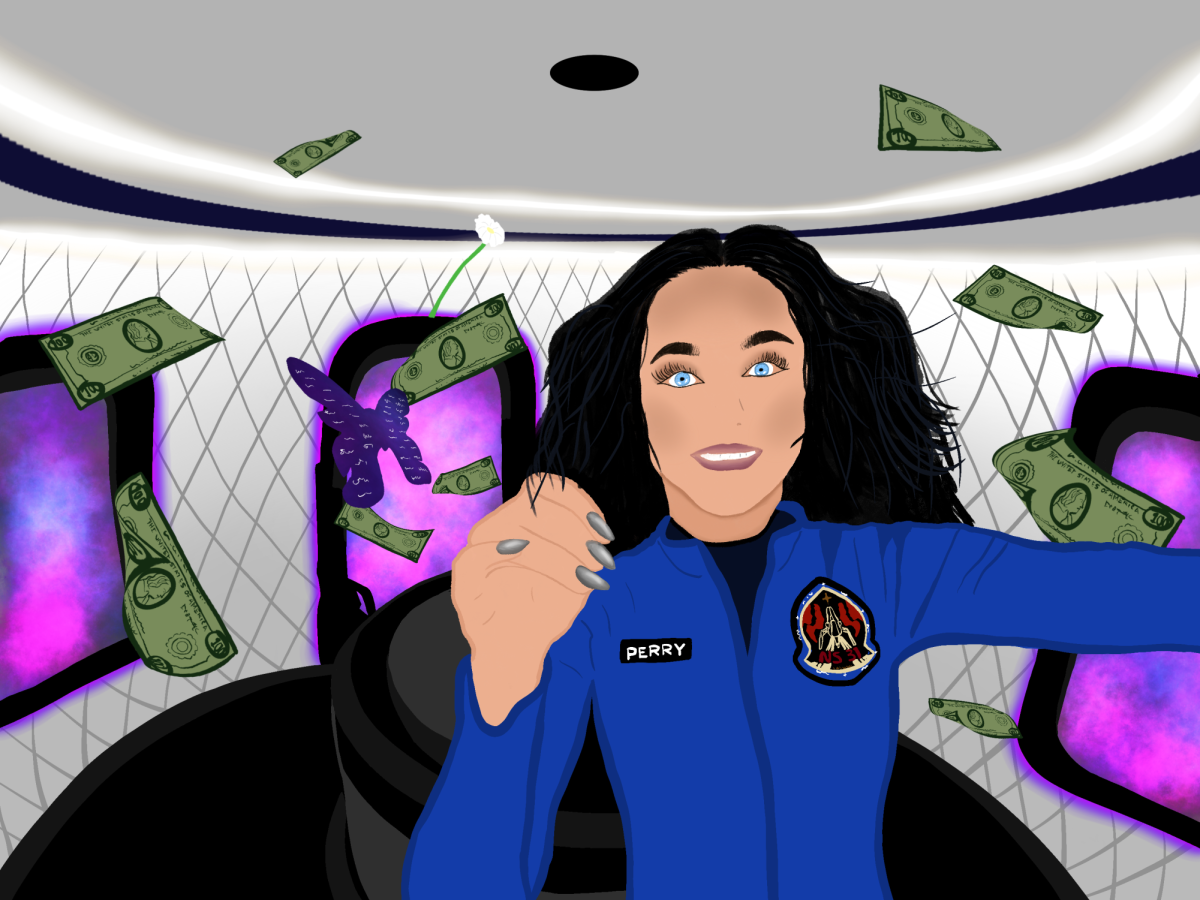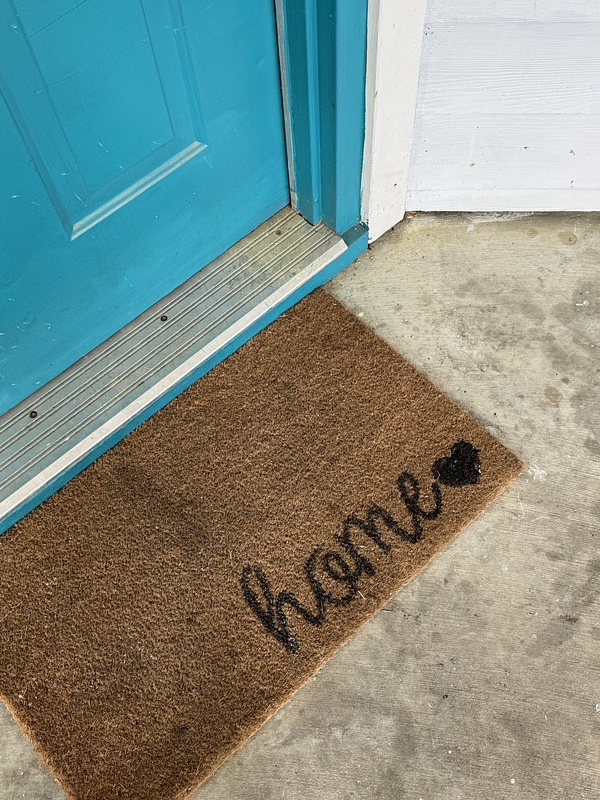What do you think of when you think of art? Do you think of walking around MoMA or the Louvre, wrapped in a silk scarf, strolling between the different paintings perfectly spaced between the white columns? Getting so close you can see every stroke of the brush, but can never touch them? Galleries have been the predominant way we have seen and consumed art for hundreds of years, the tried and true. It wouldn’t make any sense to change it.
Right?
My six-hour road trip to D.C. may have proved that idea wrong.
From the outside, it looked like a warehouse, not like the dreamy architecture of galleries I had seen before, and I was unsure if I was in the right place. But the inside of the building was bursting with color and character, with some guests dressed in costumes inspired by the iconic art. Monet Expo: The Immersive Experience broke the barrier of how I thought art could be experienced through a variety of technologies.
The expo was broken into three main sections: Art and Life, Interactive, and the 360° Experience.
Art and Life
This section of the experience was very similar to a gallery or museum. The history of the artist and his techniques were showcased throughout the room on displays that wrapped around the walls. They offered a history of the impressionist movement that Monet painted during and his art theories such as refraining from using black in order to explore color, light and dimension of nature.
Interactive
Next, the audience steps through a curtain into a remake of Claude Monet’s home. The experience offers a walk-through around the room, which displays replicas of his art. Quotations from the artist are pinned around the room to allow you into his mind and explore the themes of his art in his own words. From the windows of the home, you can see the next step in the interactive experience: Monet’s garden at Giverny.
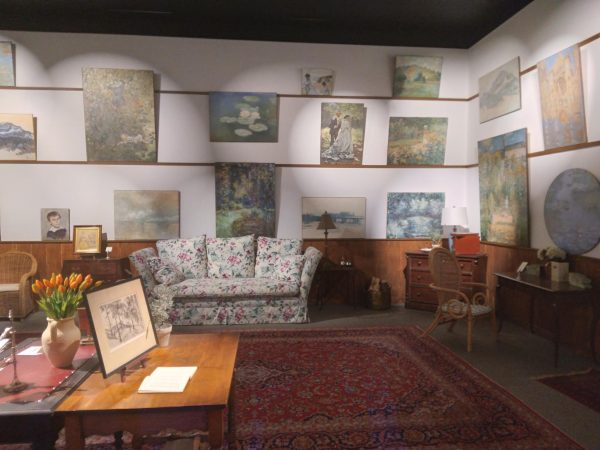
Stepping into Giverny, my shoes were buried into the soft synthetic grass below, projections of koi flashing through the pond. Soft strings and bubbling water serenaded visitors. Bridges layered in dripping flowers offer a beautiful selfie spot and a look through Monet’s eyes as he created his most iconic works: his “Water Lilies” series.
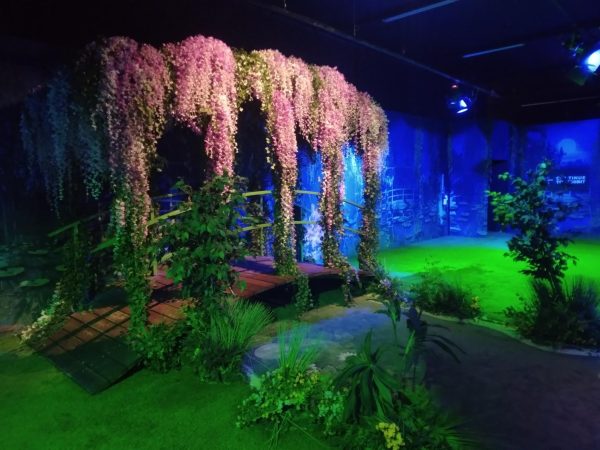
360° Experience
The next step in the experience is the 360° experience, where two-story projections displayed Monet’s art along the walls and floor, aiming to take the audience through the paintings as though we were a part of it. The experience offered reclining chairs and pillows to relax as the audience took it in. The people in the paintings moved to look at the viewer, leaves falling around them. Trains screeched across the walls, bringing the audience into Monet’s paintings of bustling stations with hurried travelers.
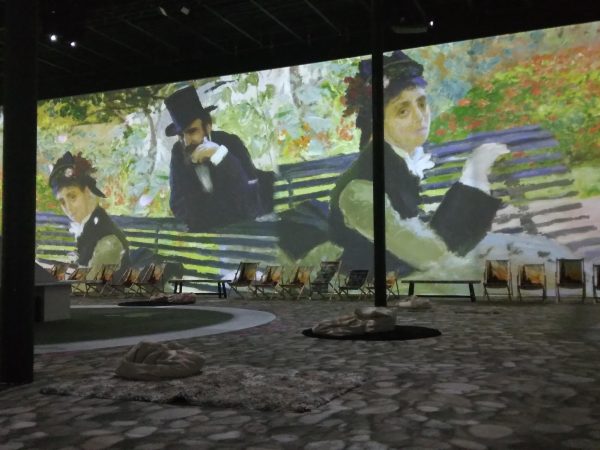
But why is the way we interact with art changing?
We are attempting to revitalize art and bring in a younger generation to appreciate it through different technologies. We are trying to create a deeper connection between people and art by bringing it to life around them, rather than letting it remain still on the walls.
Does bringing in new technology to experience art take away from the original way of processing art or add to it?
Arguably it adds to it. We are not entirely getting rid of the traditional gallery, and it certainly has its place in the world and in our history. By using different technologies such as projections and immersive experiences in art, we can create deeper connections with the work, especially with historical artists, as it allows us to see from their eyes. In a world where the fine arts seem to be growing more and more under appreciated, it can build a stronger regard for art in future generations.
The Monet Expo brought art back to life by rebuilding Monet’s world and transporting the audience into the paintings, connecting future generations with art. When we put ourselves into the shoes of those who made the art, we can immerse the audience and create a more engaging experience beyond galleries. By building these immersive and interactive worlds, young students can find a wonder for art that they would not have been able to find in a class trip to a gallery.






